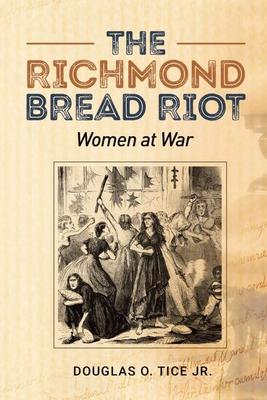This is a fascinating, and quite likely the most accurate and thorough account of what is now known as The Richmond Bread Riot. On April 2, 1863, midway through the Civil War, a loosely organized band of women violently confronted merchants in the Capital of the Confederacy and helped themselves to large amounts of food and other goods.
During a period of two hours or less, stores were sacked over a wide area of the City. Hundreds participated, not all of whom were women. The downtown streets of Richmond were crowded with observers. Many were sympathetic and cheering. A number of men joined in to aid the women, while others stepped in to defend the besieged shopkeepers.
In an attempt to find out what was truly behind the event, the author has dug deeply into the historical record. While it is true that the economies of states that had seceded from the Union were based primarily on agriculture, it is also true that most farming activity had been centered on cash crops such as tobacco and cotton. Was the result that not enough food was grown in the South to adequately feed the people? Or were high food prices due to profiteering to blame?
